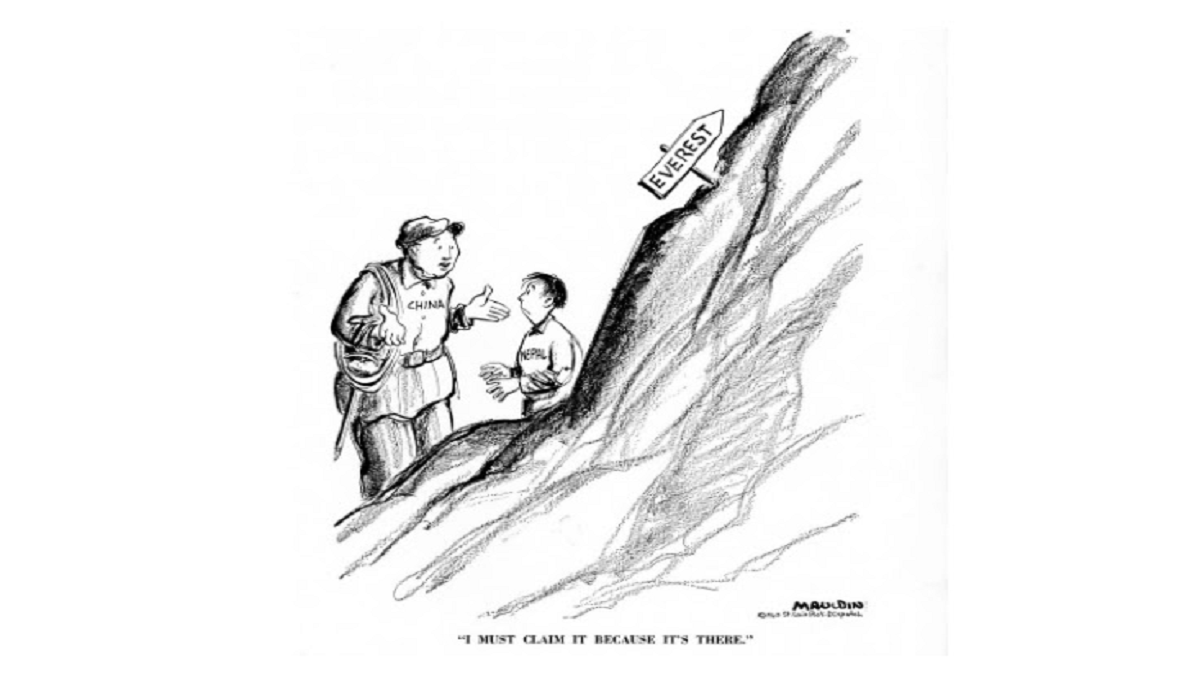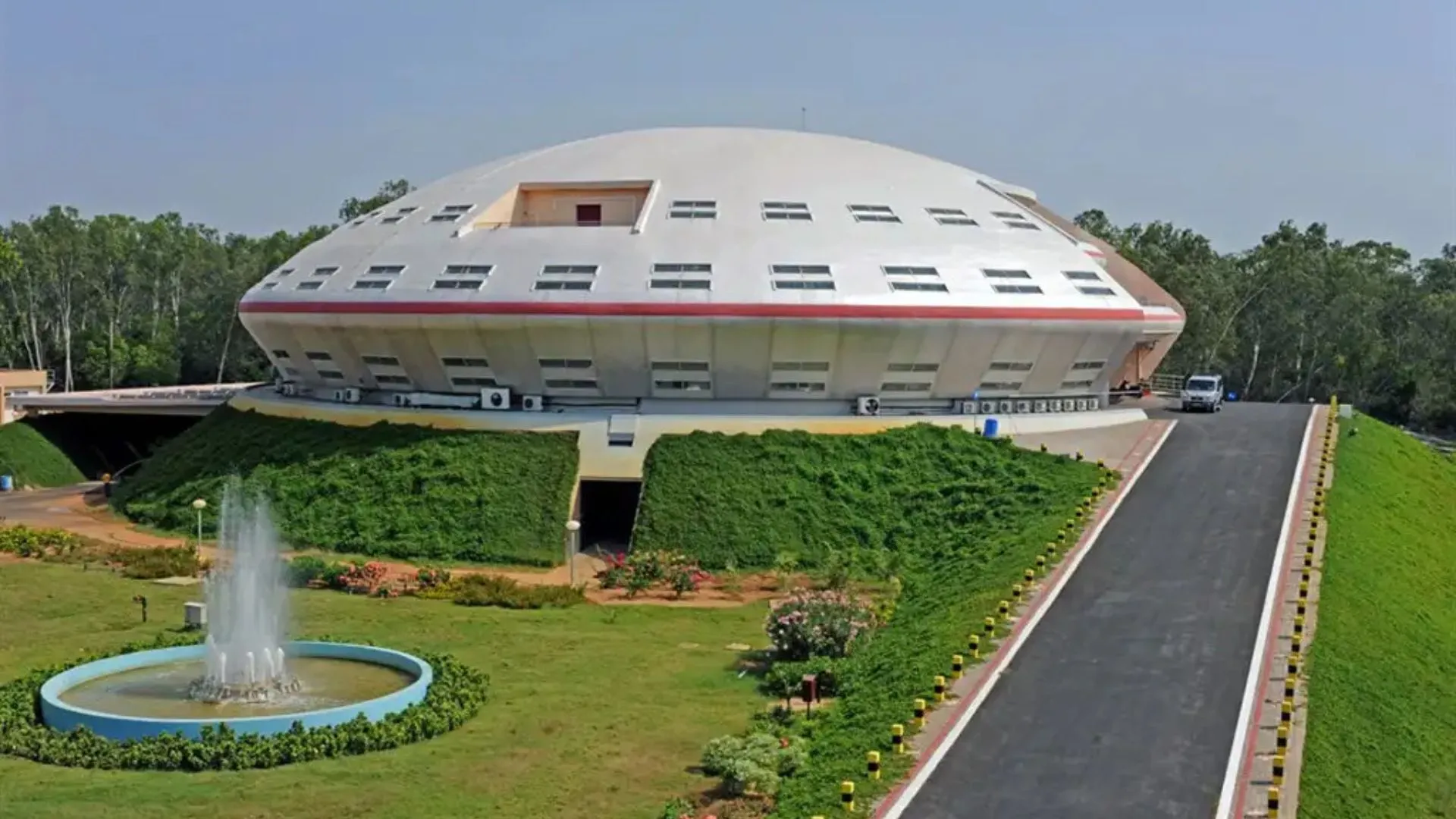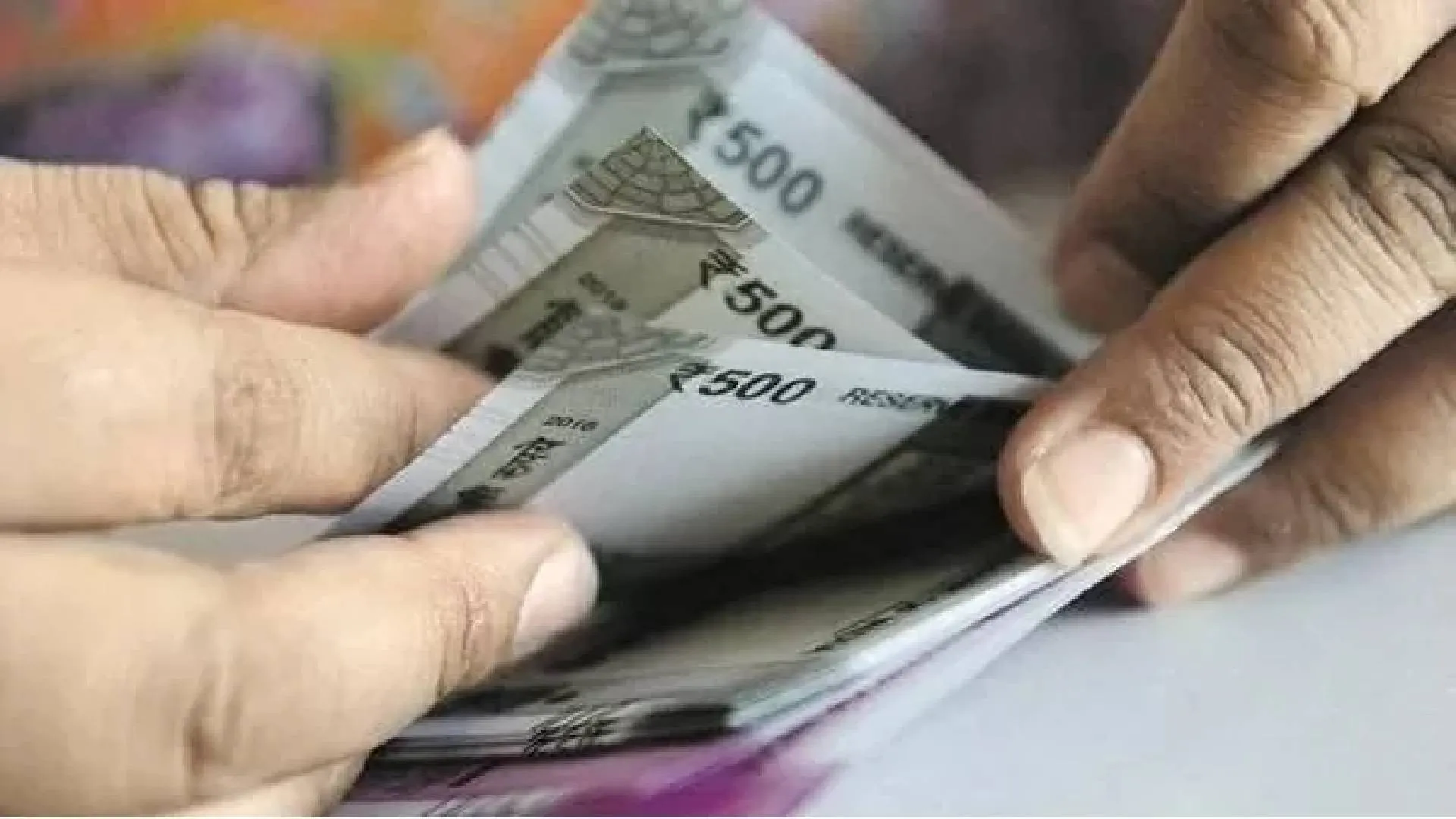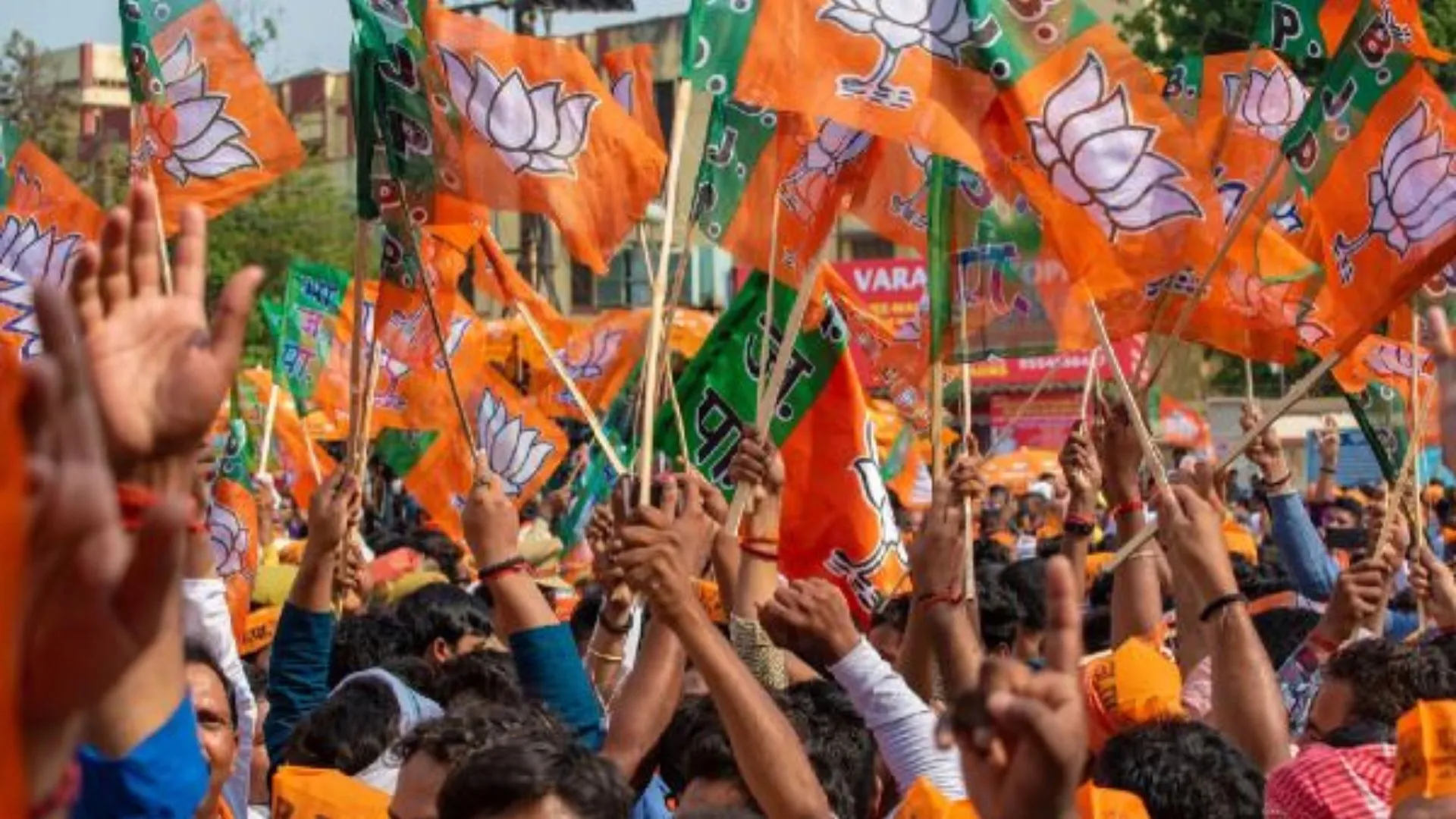The ongoing political crisis in Nepal has caught the attention of the world. The casual observer may be forgiven for dismissing it as an isolated incident, caused by the internal fault lines in Kathmandu’s ruling political dispensation. This is both an incorrect and a dangerous assumption, since it overlooks the radical changes which are being pushed in Nepal by the Chinese Communist Party (CCP). While PM K.P. Sharma Oli’s recent behaviour is the most visible part of the CCP’s influence in Nepal, there is far more that needs to be recognised.
Ever since the Nepal Communist Party led coalition regained power in Kathmandu in 2018, the CCP has unleashed a multi-pronged strategy to bring the Himalayan nation under its absolute control. The trademark Chinese strategies of ‘debt trap through development’ and ‘territorial salami slicing’ have been supplemented by overt ‘political interference’ and ‘social engineering’. In the last two years alone, the effects of this all-out effort have been felt by the people of Nepal across their country. This is an example of the CCP using its Sun Tzu inspired playbook for ‘winning without fighting’, and it is vital that the people of Nepal as well as all stakeholders in Nepal’s future, realise the gravity of the situation and act before it is too late.
The principal manifestation of China’s interest in Nepal is the Trans-Himalayan Multi-Dimensional Connectivity Network. 20 projects associated with this Network were signed between the two countries, as part of the Belt and Road Initiative when Xi Jinping visited Kathmandu in October 2019. Xi’s visit was the first by a Chinese Head of State in 23 years and underscored the growing importance of Kathmandu in Beijing’s plans for South Asia. Interestingly, the centre piece of this Network is a Kathmandu-Kerung railway line, which is estimated to cost 2.3 billion USD. This approximates to 10% of Nepal’s GDP – how the project would ever become economically viable remains unclear. If anything, the major quantity of trade carried would be from China to Nepal, which in time, would exacerbate debt issues for the latter. Echoes of Sri Lanka’s Hambantota experience loom large in this case!
The minor territorial disagreements between India and Nepal have drawn much political attention in recent weeks. This issue will undoubtedly be addressed bilaterally in the days ahead. In the same period, PM Oli has quietly ceded 36 hectares of Nepalese territory to China. This has been caused by CCP’s unilateral constructions on rivers in Tibet (Autonomous Region), regardless of the impact on lower riparian nations. In Nepal’s case, changes in the routes of rivers have changed the defacto border at 11 locations in just two years. In addition, the Rui village of Nepal found itself becoming a part of China recently… leaving the 72 Nepali families there stranded in a foreign country! There has been no official pushback from Nepal on these aspects.
Mount Everest has been a major source of tourism for Nepal over the last several decades. However, with the ongoing coronavirus pandemic, the peak has been closed for a few months now. The CCP immediately seized the opportunity to ‘capture the peak’, which lies close to the border between Nepal and Tibet (Autonomous Region). Recently, a team of scientists and surveyors sponsored by the CCP climbed the peak from the Tibetan side to identify suitable locations for the Chinese 5G network. A Chinese daily also claimed that the peak, called Qomlangma in Chinese, lies in Tibet. It has long been a strategy for the CCP to gradually change the status quo by renaming a feature, developing it, and thereafter claiming full ownership. This has been seen in multiple locations in the South China Sea and an effort is definitely being made to gradually seize ownership of the world-famous mountain, which has long been a source of pride and revenue for the people of Nepal.
Socially conditioning the citizens of Nepal for greater control by Beijing is also underway. The most overt action has been the forceful implementation of ‘Mandarin’ classes in Nepal’s schools. While this has been disguised as a ‘trade-off’ for payment of teachers’ salaries, it is undoubtedly an attempt to enhance Chinese influence over the population. Moreover, Chinese tourists in Nepal have steadily grown over the years, and have become a mainstay of the tourism sector. Weaponisation of tourism by Beijing has already been seen in South Korea, and the potential impact of this on Nepal’s economy provides significant power to the CCP.
The CCP has used this power effectively to gradually step up its influence on the Nepalese Communist Party (NCP). A series of interactions and ideological exchanges have taken place in recent times. According to some observers, the CCP aims to gradually shift the NCP’s political ideology towards the recently formulated Xi Jingping Thought. This would allow the Chinese Premier to become the ‘de facto’ leader of the NCP (like Mao had been for some Communist parties in the region) giving the CCP near absolute control over Nepal.
Implementing this strategy has required very nimble and strong local effort, which has been made possible by Hou Yangi, Beijing’s Ambassador at Kathmandu. Hou, who has previously served in Islamabad, has established unprecedented ties with the senior political and military leadership of Nepal. She is said to have complete access to the Prime Minister, Chief of Army Staff as well as the Ministers of Defence, Foreign Affairs, Tourism, etc. Hou has also established a huge social media following in Nepal and has recently also been seen as instrumental in drawing Chinese tourists and trade to Nepal in large volume.
In the last week of April 2020, when PM Oli was nearly removed from office by the ruling alliance, Hou met with leaders of all political factions in a series of closed door, intense meetings which ultimately allowed PM Oli to cling on to his chair. It is understood that the core message of these interactions was — “if we remove Oli, then India wins… which is unacceptable”.
Such overt and aggressive political influence would undoubtedly have raised objections from the political class and the media. However, local media houses have allegedly been warned off from such reporting. It is alarming how the political representation of the proud Nepalese people has been quietly and comprehensively subjugated by the CCP.
Beijing has made it no secret that it views itself as the leader in Asia and seeks to establish a hierarchical structure with itself at the apex. The implications of these ambitions for the people of smaller countries like Nepal, could be significant. Oli’s anti-India stance highlights how effective the CCP has been so far… and how the ancient cultural, traditional and civilisational relations between our two nations are being eroded. It is essential that the people of Nepal, as well as India and all other nations which have a stake in the future stability of the region, realise the extent of the CCP’s expansionist plans and act now, in concert, to safeguard the future of the Himalayan nation.























